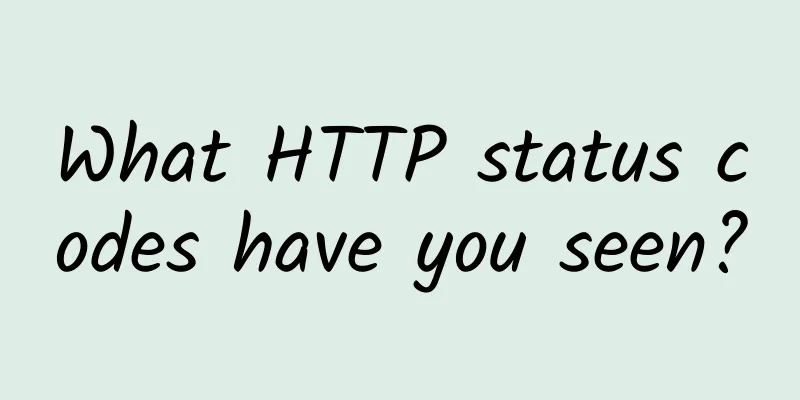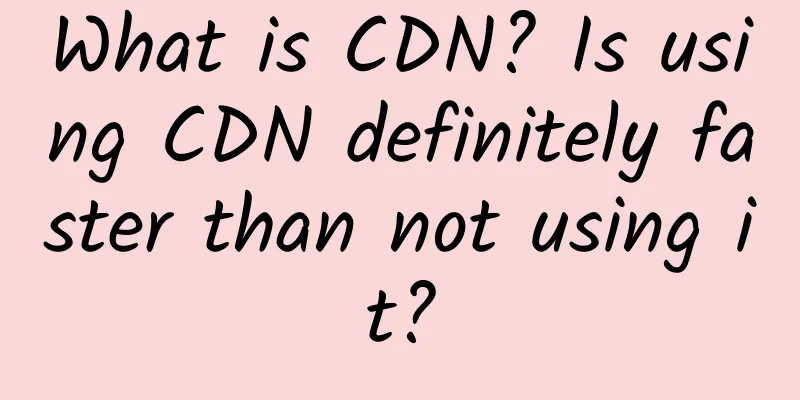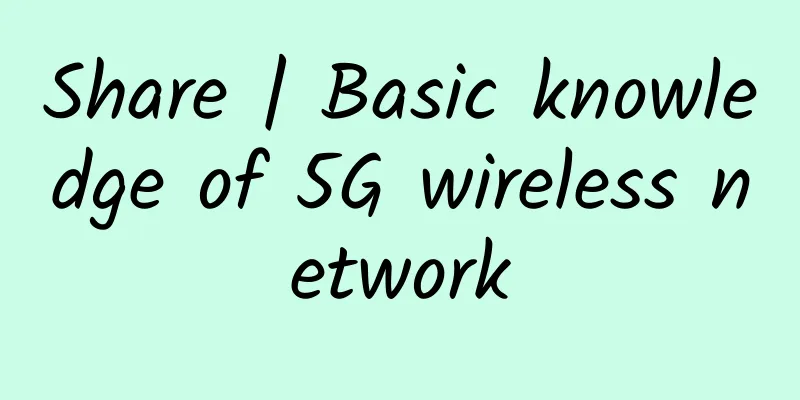What HTTP status codes have you seen?

101 Switch Protocol Upgrade the protocol, such as from http to ws Example: 101 200 OK Indicates that the resource request was successful Example:
201 Created Resource creation is successful, mostly used for POST requests 204 No Content The response will not return the Body, generally due to the following two situations
Example 1: Nuggets sets the status code for Options request to 204 Nuggets sets the status code for Options requests to 204 Example 2: Zhihu sets the status code for the Delete request to 204. The following request is to unfollow Nuggets sets the status code for Delete requests to 204 Example 3: When you are reading a joke on Zhihu, you might as well open the console and find a status code of 204
206 Partial Content When the requested multimedia data is large, it will be transmitted in segments. When you watch a video on Bilibili and open the developer tools, you will find many 206 status codes and response headers Content-Range. Example: The status code of the video resource request on Station B is 206 301 Moved Permanently Permanent redirection. 301 is sometimes used when http is redirected to https, such as Bilibili.
302 Found Temporary redirection. 302 is sometimes used when http is redirected to https, such as Zhihu
304 Not Modified The resource has been cached, and the relevant response headers are:
Generally used for resources without hash, such as index.html. Since there are too many examples, I will not give them here. 307 Temporary Redirect Temporary redirection. It can also be used as a redirect from http to https. Another use is HSTS. When Google Chrome finds that a certain http resource has been added to the HSTS list, the browser will redirect via 307. Example: HSTS for Shanyue's personal blog 307 in Stackoverflow What is the difference between http status codes 301, 302 and 307?
400 Bad Request Can be used for API parameter verification 401 Unauthorized When an unauthorized user requests a resource that requires authorization, a 401 error message will be returned. Trying again with the correct authorization credentials can resolve the issue. When Zhihu login fails 403 Forbidden I just don't want you to have access, regardless of whether your credentials are correct! In summary, a 401 Unauthorized response should be used for missing or bad authentication, and a 403 Forbidden response should be used afterwards, when the user is authenticated but isn't authorized to perform the requested operation on the given resource.
404 Not Found Resource not found 405 Method Not Allowed I need to POST this resource, you go to GET hammer 413 Payload Too Large Don't throw such a big body at me, I can't handle it 418 I'm A Teapot I am a teapot I throw coffee and you throw me a teapot? It can also be used to handle illegal parameter validation. I wanted a string, but you gave me an integer? 422 Unprocessable Entity Often used to handle illegal parameter verification. When liking a project on Github, if you intentionally set an incorrect parameter name, the status code 422 will be returned. 422 500 Internal Server Error An internal error occurred on the server. It is very likely that the application layer did not catch the error and caused the entire service to crash. 502 Bad Gateway Gateway timeout, common on Nginx, a response was returned from the upstream application layer 503 Service Unavailable The service is busy due to heavy traffic. Please wait a moment and it may be available again. 504 Gateway Timeout The gateway timed out and the upstream application layer did not respond. This article is reprinted from the WeChat public account "Full Stack Growth Road", which can be followed through the following QR code. To reprint this article, please contact the Full Stack Growth Road public account. |
<<: SASE vs. SD-WAN: Which one do you pick?
>>: An article to help you understand HTML5 MathML
Recommend
Let’s listen to what 5G R18 is talking about?
[[400274]] This article is reprinted from the WeC...
In fact, IPv6 is not so perfect
Everything has its two sides, and technology is n...
5G messaging is entering a development phase
As one of the earliest attempts at 5G commercial ...
Introduction to message middleware series - functions and protocols
Author: Ge Xianliang, unit: China Mobile Smart Ho...
Why does TCP require three handshakes instead of two?
Hello everyone, I am the island owner Xiaofeng. T...
Huobo Technology Chen Ye: To B is the middle platform, To C opens up the content consumption market
Recently, Chen Ye, founder and CEO of Huobo Techn...
Will enterprises have dedicated 5G networks in the future?
5G networks bring many benefits to smartphone use...
Do you really understand API Gateway? This article explains the differences and integration between microservice gateway and enterprise application gateway
Software architecture is always evolving and iter...
In-depth | Only IT people can understand "Journey to the West"
As a TV series that has been rebroadcast thousand...
What does service governance govern? 10 pictures tell you the answer
[[392916]] This article is reprinted from the WeC...
What are public IP and private IP? What is NAT conversion?
1. Introduction Programmers who develop network c...
PacificRack: $12/year KVM-1GB/20GB/2TB/Los Angeles Data Center
PacificRack is a domain name under QN Data Center...
How to ensure consistency of Serverless business deployment updates?
Since I started working on Serverless tools, I of...
Six good habits and 23 lessons that Linux operation and maintenance must know to avoid pitfalls!
I have been engaged in operation and maintenance ...
Big data industry is a new trend. What are the advantages of operators?
The big data industry is a strategic emerging ind...









